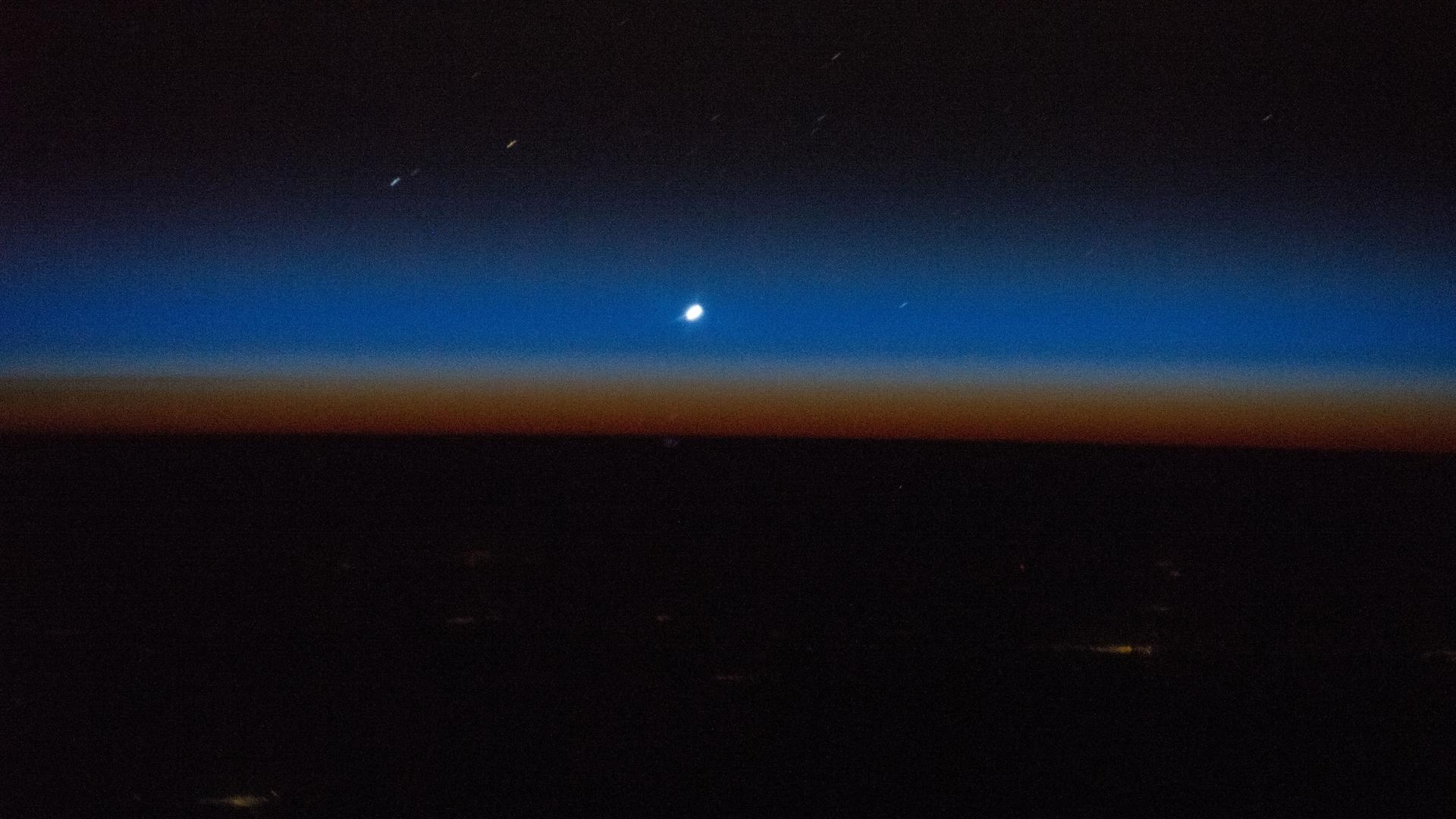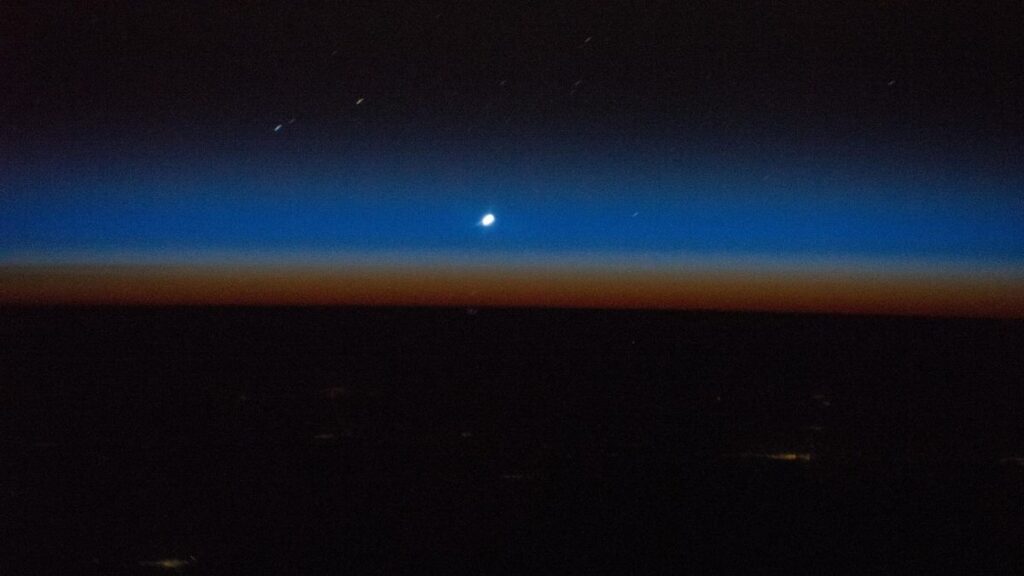
The rare planetary parade that brought all seven of Earth’s neighboring worlds into the night sky is finally breaking up — but not before a final curtain call from the two planets closest to the sun. If you can find a view low to the western horizon on Monday, March 10, you may see a rare conjunction between Venus and Mercury — the two planets interior to Earth in the solar system — before they fully disappear in the sun’s glare over the following nights.
Although Venus and Mercury will be visible only briefly after sunset, the sight of these two planets close to each other is quite rare. When two objects appear close to each other in the sky, it’s called a conjunction. This one will take place over several nights, but the best time to see it will be on March 10, when Venus and Mercury will be visible about half an hour after sunset and remain in view for around 45 minutes.
The event will be visible to the naked eye, though a pair of stargazing binoculars may be helpful. Arguably more important are an unobstructed view due west and clear skies, as the conjunction will take place very close to the horizon.
Related: The 10 best stargazing events of 2025
The conjunction between the two inner planets is happening because of celestial mechanics. Venus, on its 225-day orbit of the sun, is currently lapping Earth on the inside track and is at its closest to Earth this month as it ever gets. The planet, which is now a crescent as seen from Earth in a telescope, will pass in front of the sun from Earth’s point of view on March 22. It will remain lost in the sun’s glare for some weeks, only to emerge into the predawn morning sky in April.
Mercury, which orbits the sun every 88 days, reaches its highest altitude in the evening sky on March 8. Although Mercury has been rising as Venus sinks, both will now disappear from the evening sky.
As Venus and Mercury exit the stage, a few remnants of the “planetary parade” will be visible after sunset. With Saturn already lost in the sun from Earth’s point of view as it moves behind the sun on March 12, the only planets that will remain visible to the naked eye in the night sky will be Mars and Jupiter.
As we bid farewell to the planetary parade, you can still look forward to a total lunar eclipse that will be visible from North America overnight from March 13 to 14. Here are the places that will get the best views.
